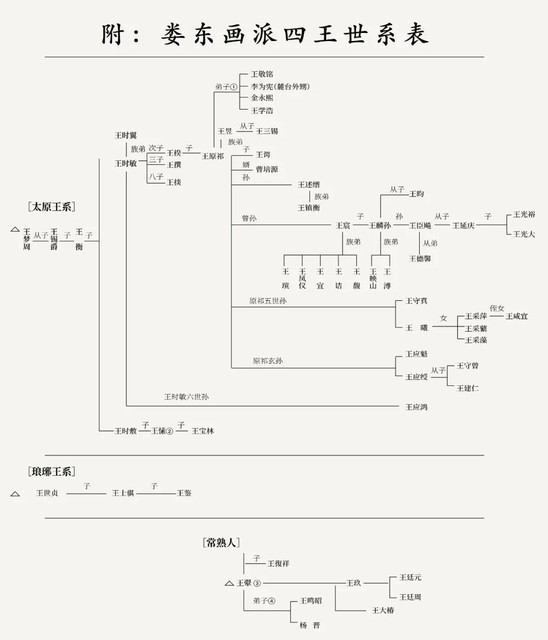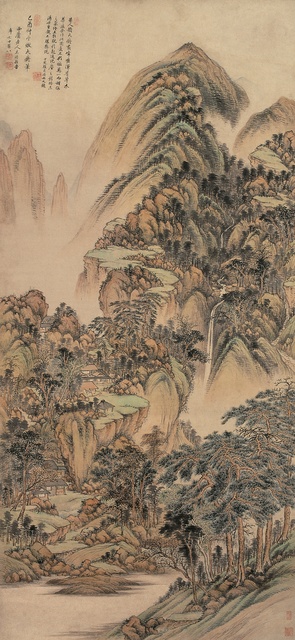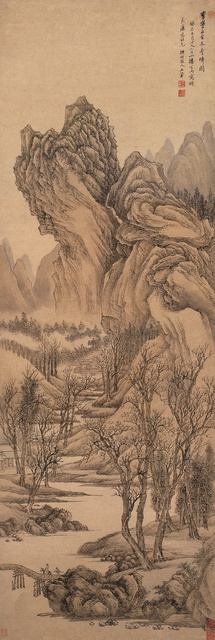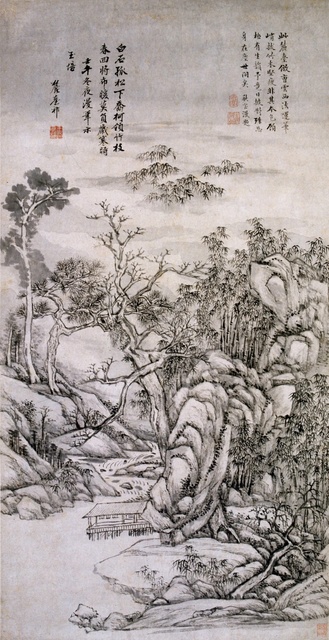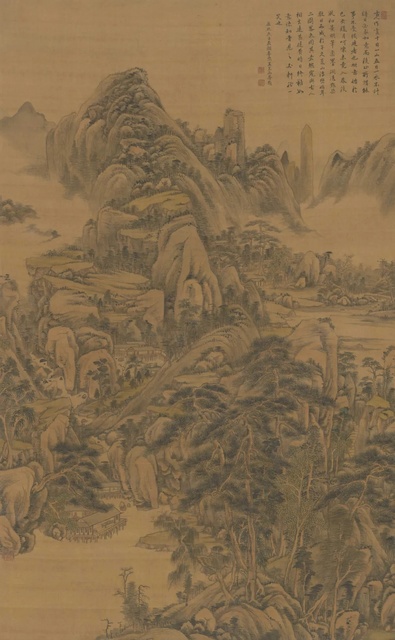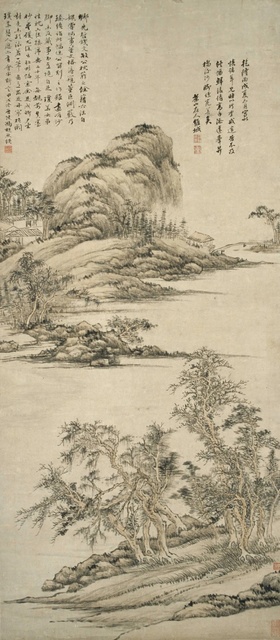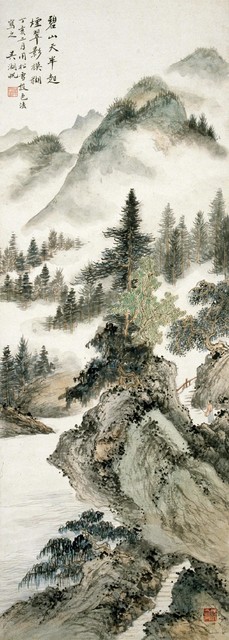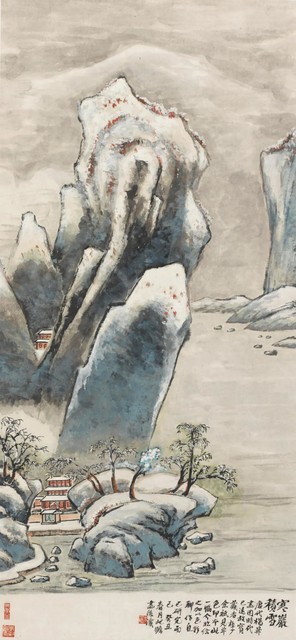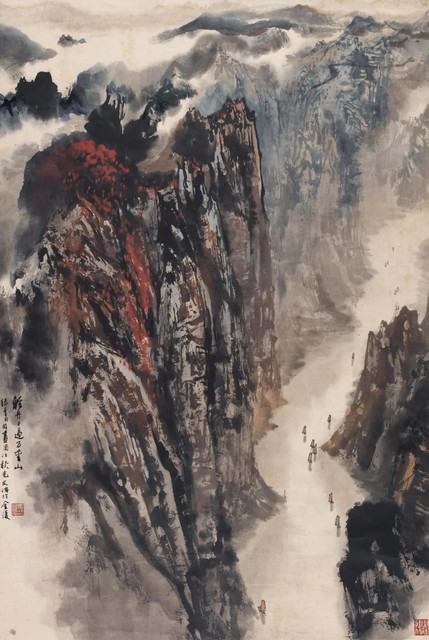EXHIBITON VENUE: He Xiangning Art Museum Hall No.1-8
EXHIBITION PERIOD: 2020.9.20-11.20
ORGANIZERS: Nanjing Museum & He Xiangning Art Museum
SUPPORT: Song Wenzhi Art Research Center
EXHIBITION DIRECTOR: CAI Xianliang
CAURATORS: WAN Xinhua & YI Donghua
CAURATOR ASSITANTS: CHEN Shan & ZHOU Jinchang
EXHIBITION COORDINATION: FAN Ning & LIN Fan
EXHIBITION MANAGER: YU Xiangzhi
PUBLIC EDUCATION & PROMOTION: LUO Siying
PUBLICITY: FANG Hua
EXHIBITION DESIGN: BREEZE DESIGN
From late Ming to early Qing Dynasty, one of the most significant changes took place in the history of Chinese painting. Compared with late Song and early Yuan Dynasties, the painting transformation in late Ming Dynasty showed the attention to the form of painting, which was the endless pursuit of Brush and Ink structure. (Shi Shouqian) Dong Qichang, from Songjiang, Shanghai, was the key figure in promoting the change in late Ming Dynasty. Therefore, he was the ideal time coordinate for the discussion of the change. Chinese painting history was led by the Mellow Elegance style of Wumen in Suzhou before Dong, dominated by the "vast, graceful and smooth" style of Songjiang in Dong's time and the next 300 years. After Dong, the successor of Songjiang's Brush and Ink reform was Songjiang School whose style and techniques were inherited by Loudong's Four Wangs. Wang Shimin was the grandson of Wang Xijue, an important official in late Ming Dynasty, and Wang Jian was the grandson of Wang Shizhen. Both of them learned the painting techniques and styles of Dong; it can be traced back to artists as Ni Huang Dong Ju (Ni Zan, Huang Gongwang, Dong Yuan and Ju Ran) etc. Wang Hui from Changshu, Jiangsu was a student of Two Wangs (Wang Shimin and Wang Jian). Although he was not from the Wang Family in Taicang, Suzhou, his concept and pursuit of painting were the same as Loudong’s, therefore regarded as the successor of Wang Shimin’s painting techniques. Wang Yuanqi, the grandson of Wang Shimin whose has a historical and heroric painting style; "certainly learned the painting techniques originated by his ancestors."
The ideas of their painting followed Theory of Southern and Northern School conceived by Dong. With the influence of Wang Family in Taicang, the power of the main stream of Southern School gained absolute superiority in the field of painting since Qing Dynasty. "Schools as Loudong, Yushan and Piling, with their vigorous strokes, inherited directly from The Four Artists in Yuan Dynasty (Huang Gongwang, Ni Zan, Wang Meng, Wu Zhen), made an impact among teachers and friends, and their distinguished and admirable style lasted for more than 150 years." (Qian Daxin) Fang Wen, a modern art historian, said: "In the mid-17th century, there was a remarkable cultural experiment in Taicang, as if it was out of both sincerity and intention. The talented young Wang Zhen was valued by older Two Wangs, and three of them jointly completed the systematic progress of reconstructing the style of landscape painting. Based on Dong's belief of "Jidacheng", which means to epitomize the essence of painting techniques and styles of previous dynasties, they planned to break through the limitation of the painting range of Dong Qichang-Ju Ran-Huang Gongwang and try to integrate the painting style of so-called Southern and Northern School. The idea was both bold and exciting... Above all, the human value cultivated by these artists was as compelling as their artistic achievements." The remarkable cultural experiment sorted out and integrated the glossary of Brush and Ink of past dynasties, which made The Paintings of Southern School became the main stream and dominated the field of literati paintings for more than 300 years.
Geographic proximity and apprentice-type inheritance system were two special bonds that constructed the painting history of the time before Dong and the period during Dong Qichang and the Four Wangs. Younger Four Wangs, Later Four Wangs and Yushan School, as well as their followers, Loudong's "painting orthodoxy" continued until the end of Qing Dynasty. In the late 19th century and the early 20th century, the change of painting history was more intense than ever before, and the appearance of Shanghai School foreshadowed a new interest in painting. After the May 4th Movement, the transformation of Chinese painting history was brought into the world history. Facing the change of the times, Four Wangs system was the first tradition that met the challenge of reformists. Even there were numerous artistic thoughts at that time, we can still find that the paintings of Southern School had a high status in Shanghai art circles. Feng Chaoran, Wu Hufan, Zhang Shiyuan, Lu Yanshao etc, their paintings inherited the art stylies of Song, Yuan Dynasties and "Southern School". Song Wenzhi , a younger learner, was introduced by Zhu Qizhan to learn from famous artists in Shanghai such as Wu Hufan, Zhang Shiyuan, Lu Yanshao etc. In the history of painting in the 20th century, they were just one of the inheritors of the painting knowledge of Loudong. From Wang Shimin to Song Wenzhi, we can clearly see the painting system from Dong Qichang to Four Wangs has a huge influence for more than 300 years.
Jointly organized by Nanjing Museum and He Xiangning Art Museum, the exhibition takes Loudong as the theme clue; it has the following six units: "The Inheritor of Huating School", "Inherit the Essence of the Past", "Family Inheritance of Good Tradition" , "The Spirit of Lutai", "The Painting Styles of Lutai", "Inherit the Ancestors and the New Trend"; 68 valuable artworks by Four Wangs, Younger Four Wangs, Later Four Wangs and modern paintings by Feng Chaoran, Zhu Qizhan, Wu Hufan, Zhang Shiyuan, Lu Yanshao, Song Wenzhi etc are on display. We hope you can appreciate the Style in Transformation in Chinese painting history since early Qing Dynasty through this systematic curated exhibition.


